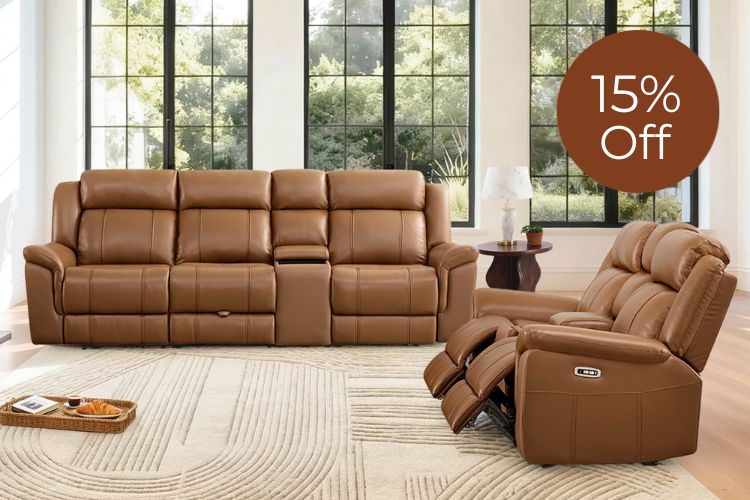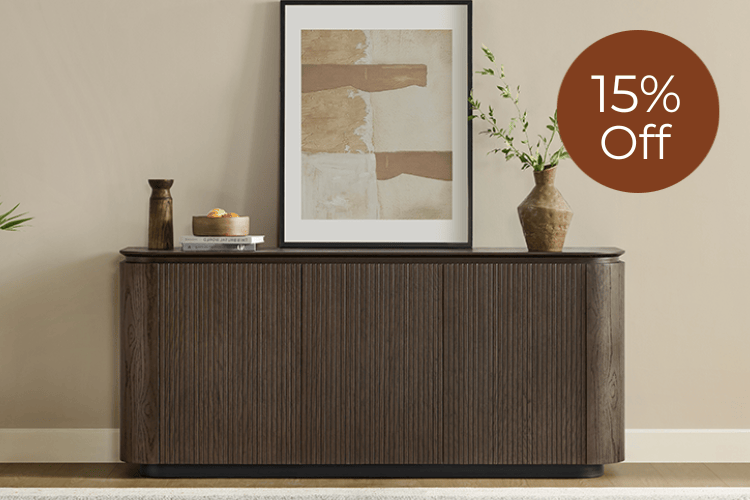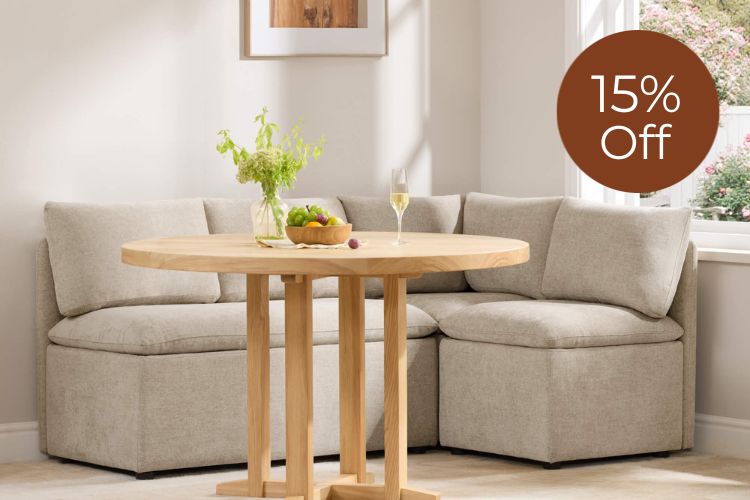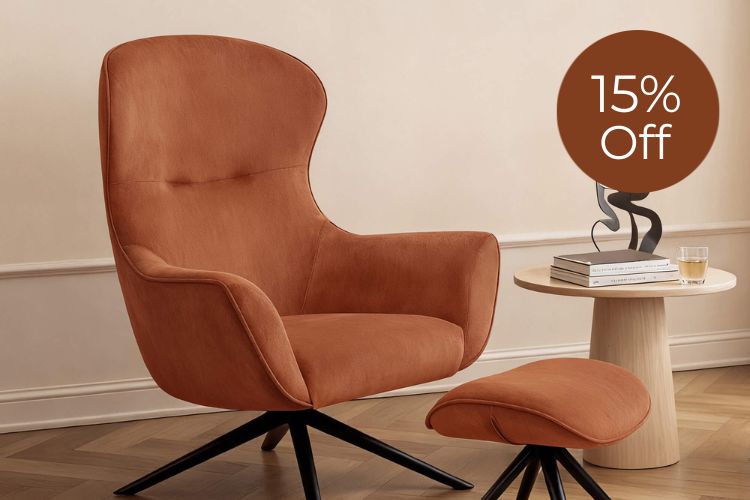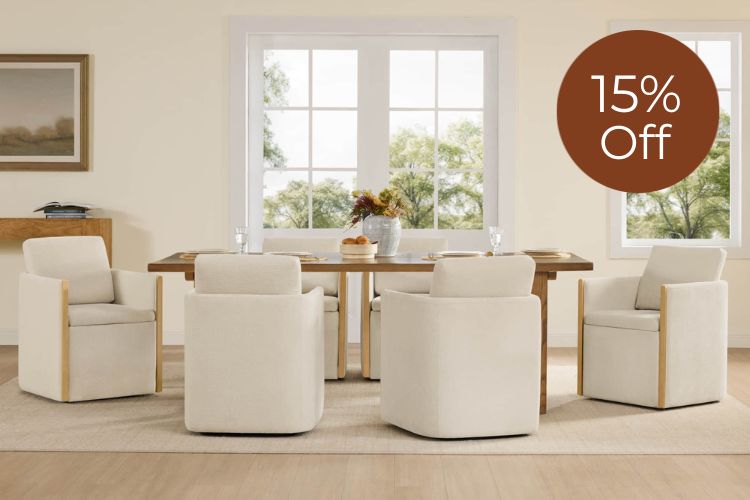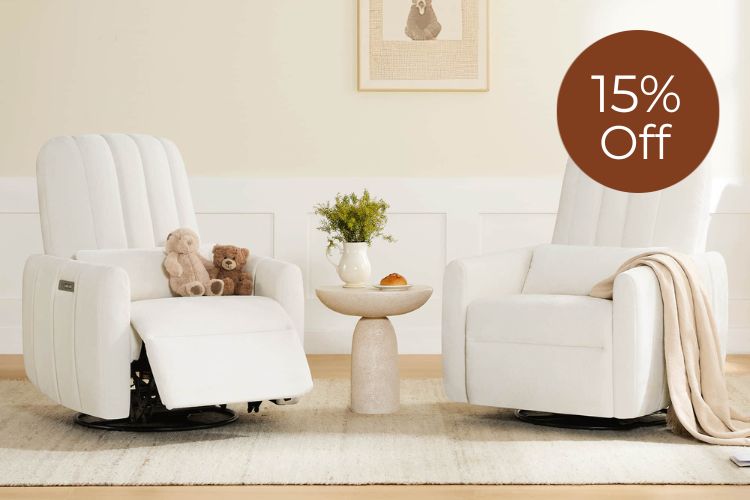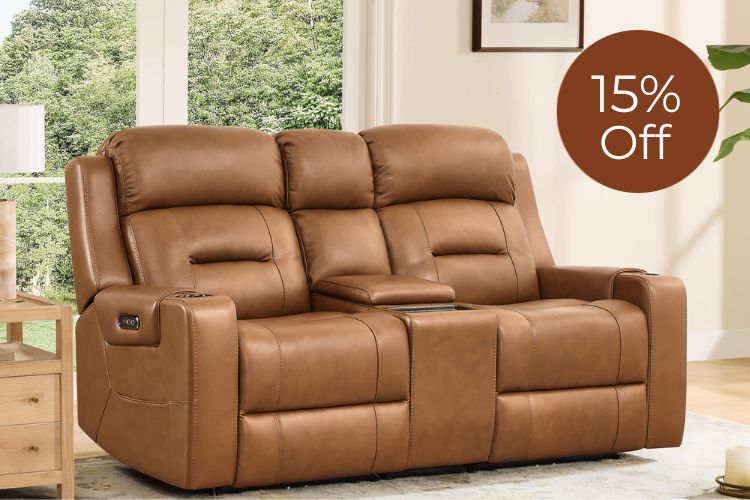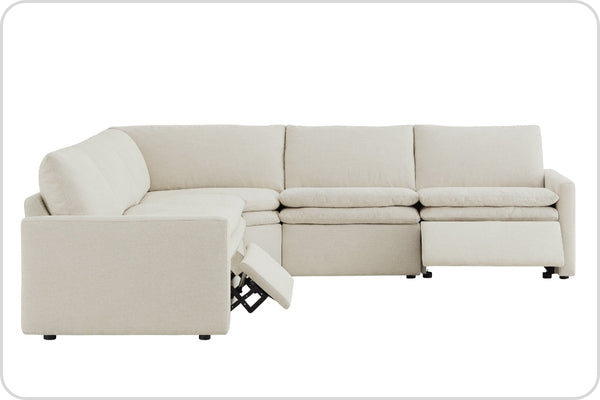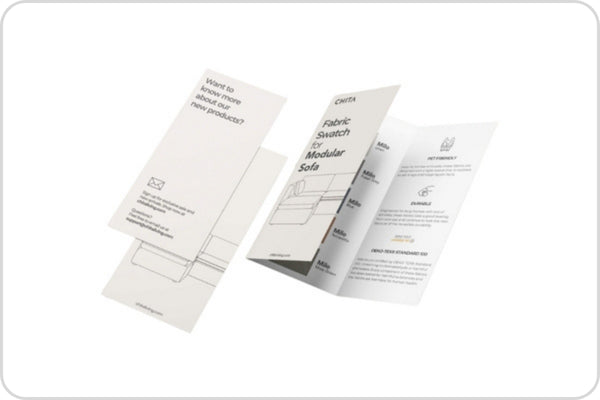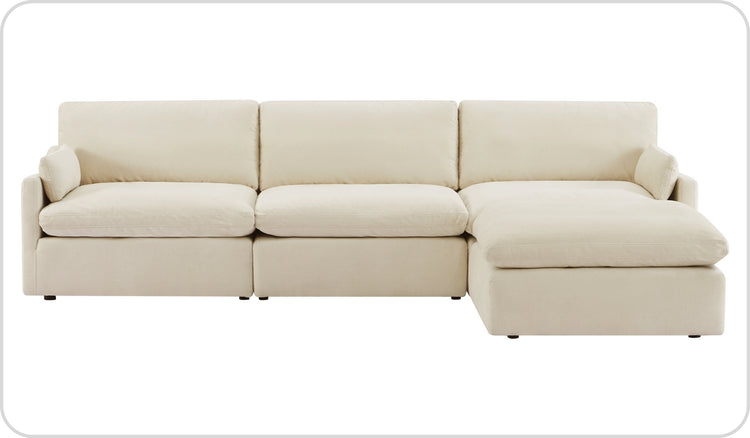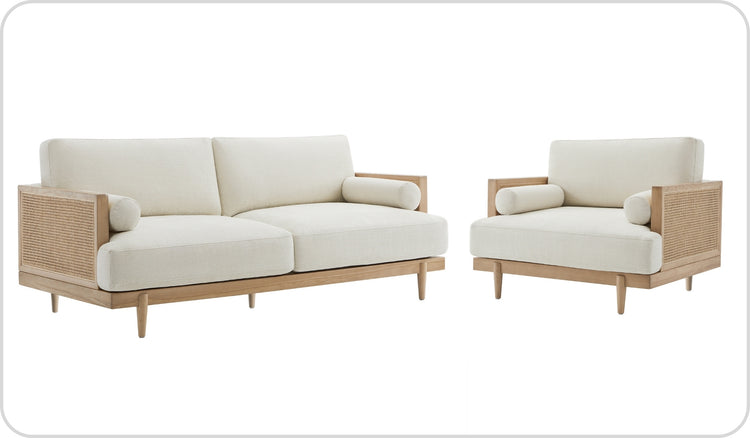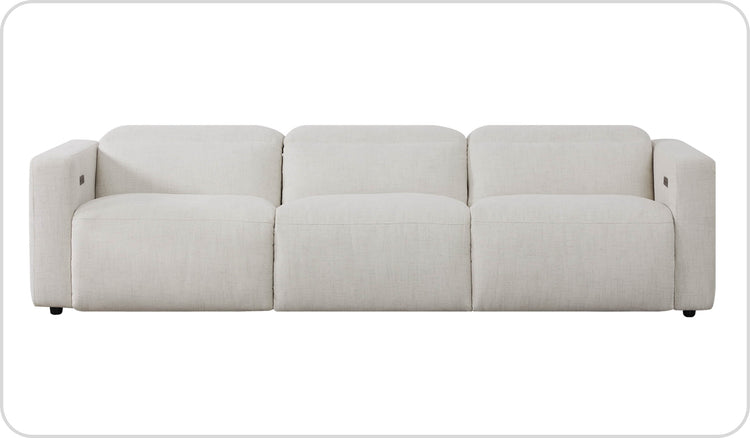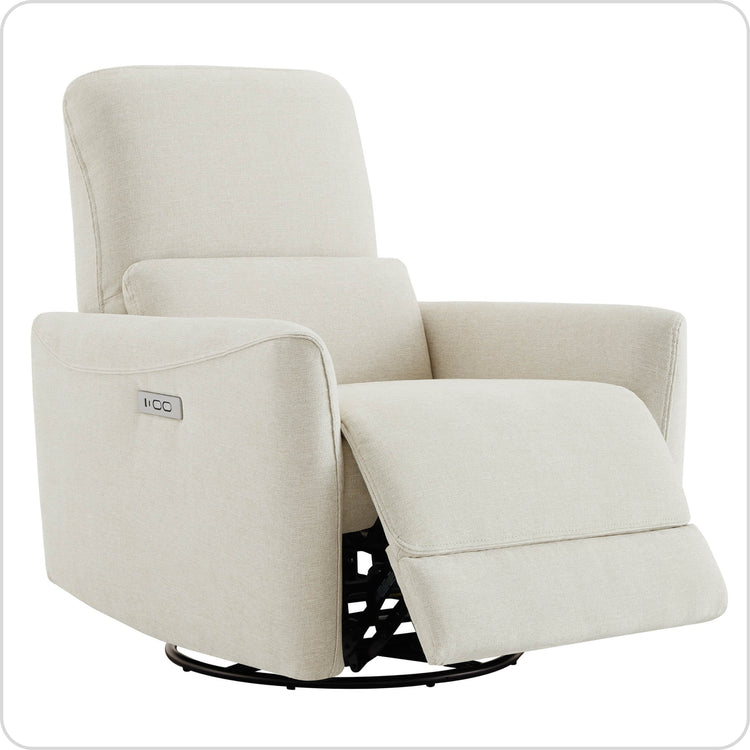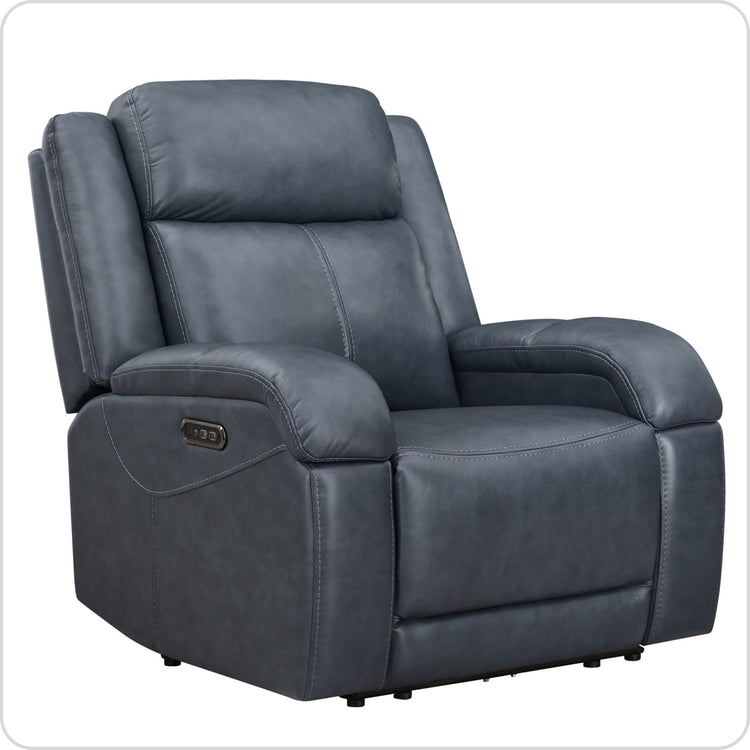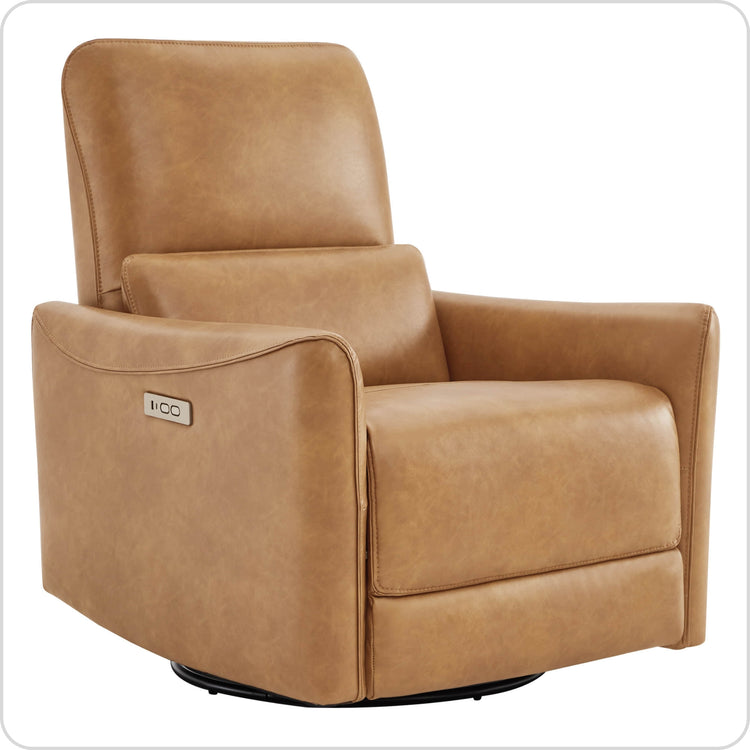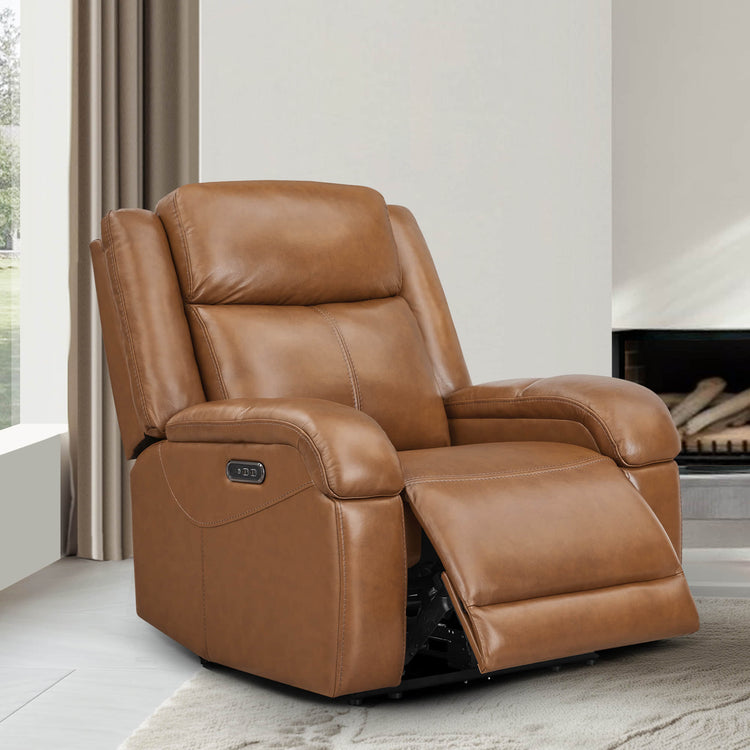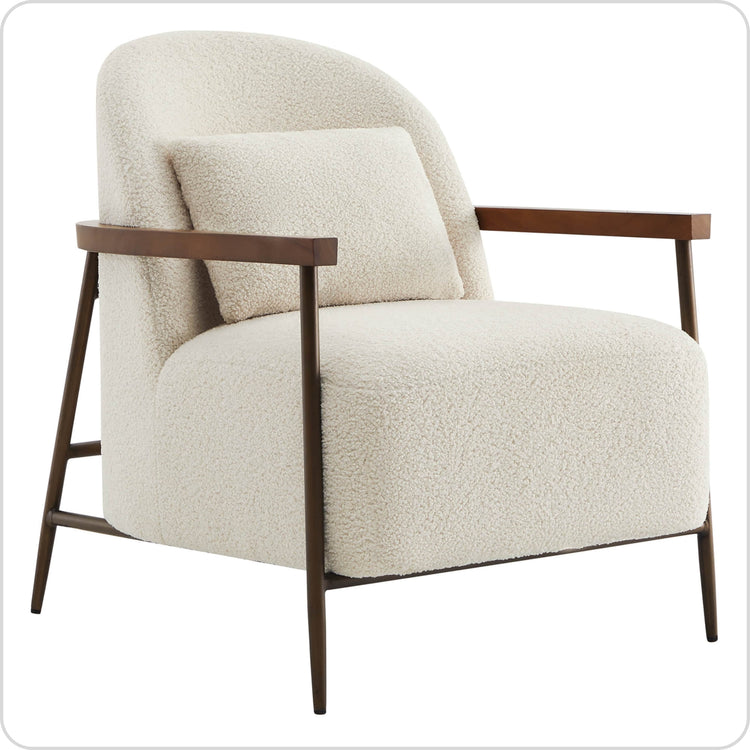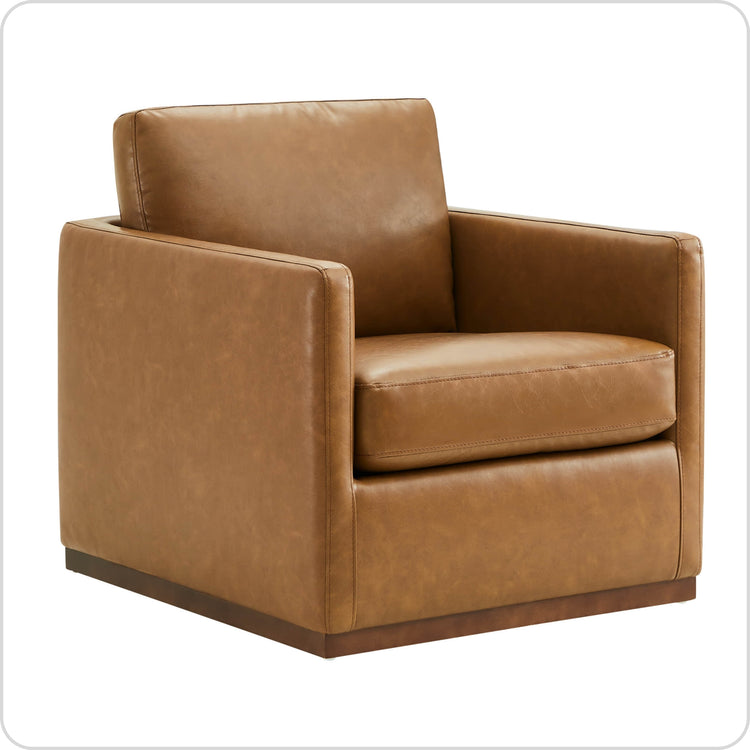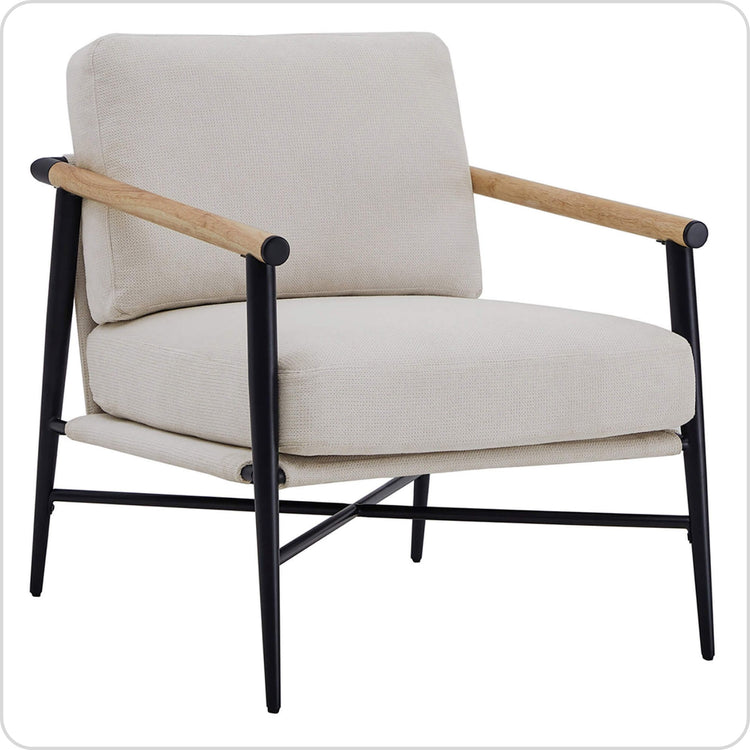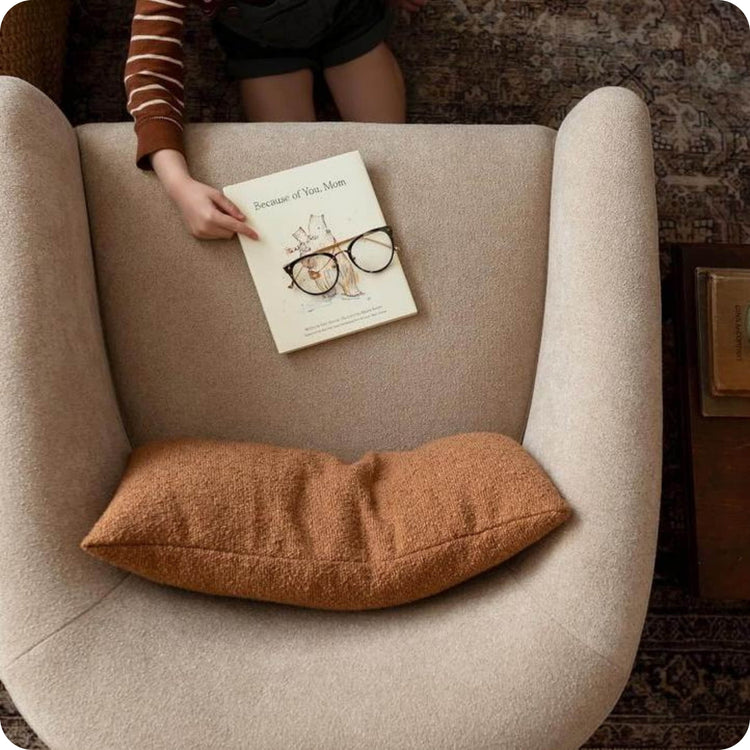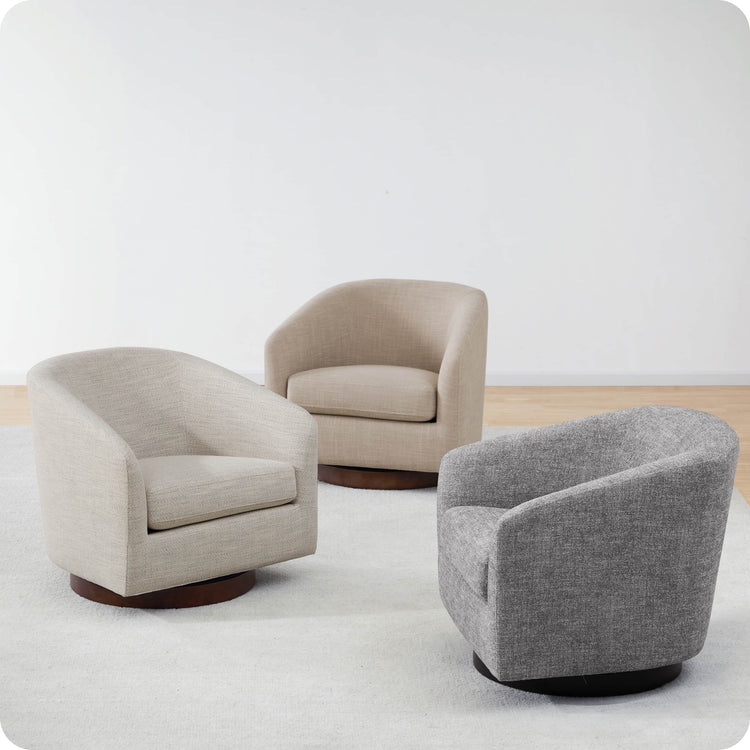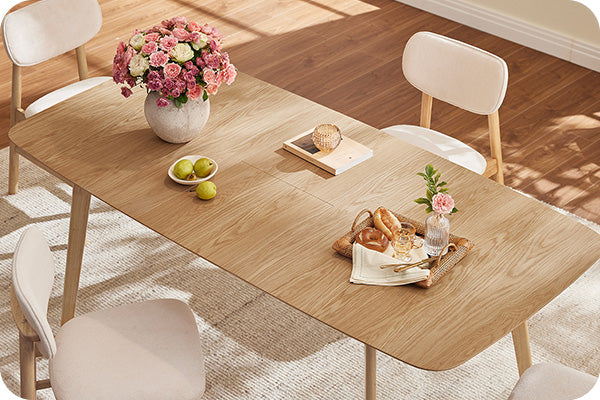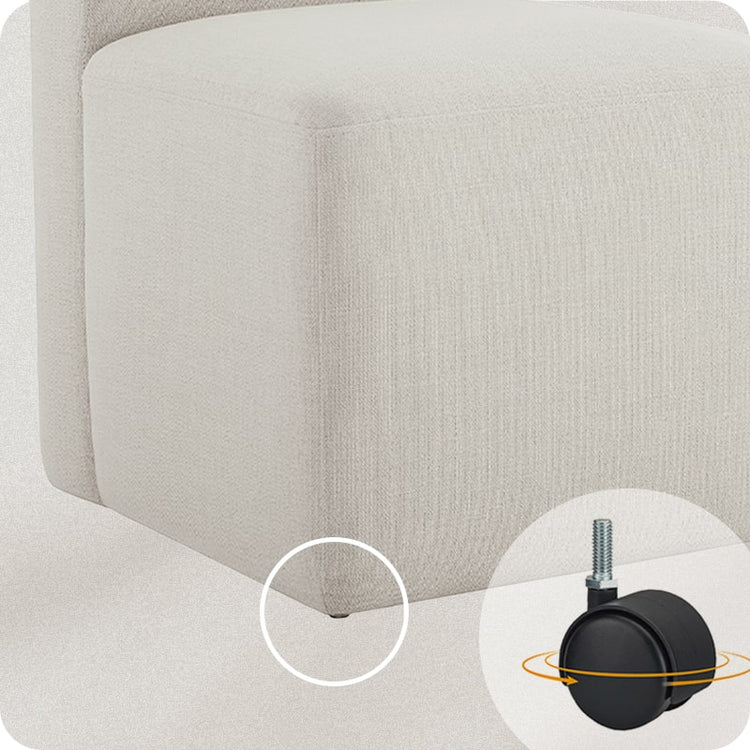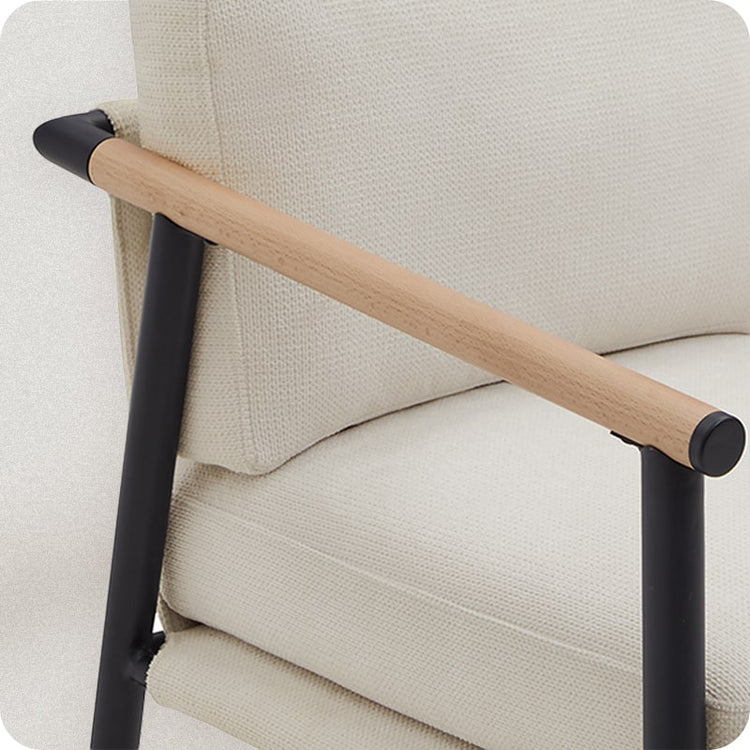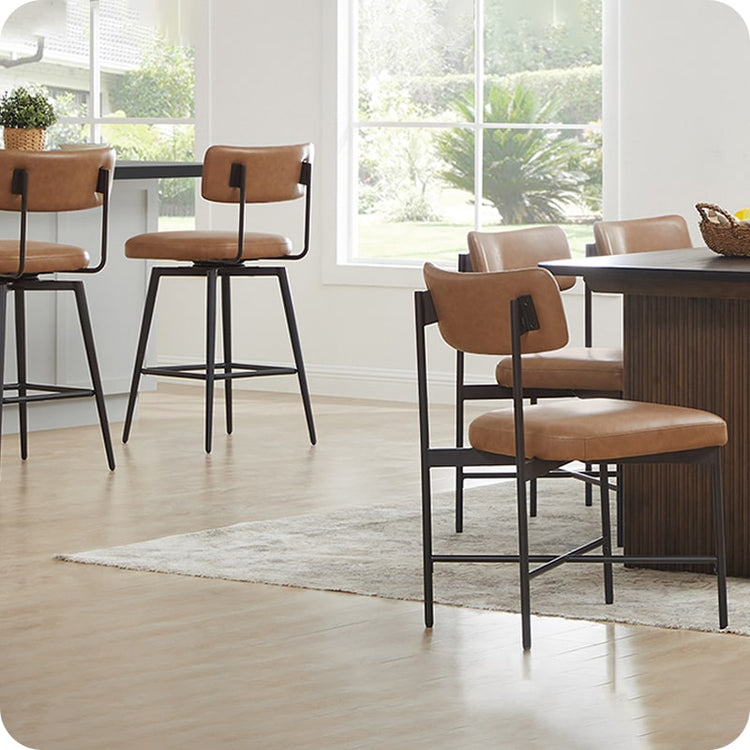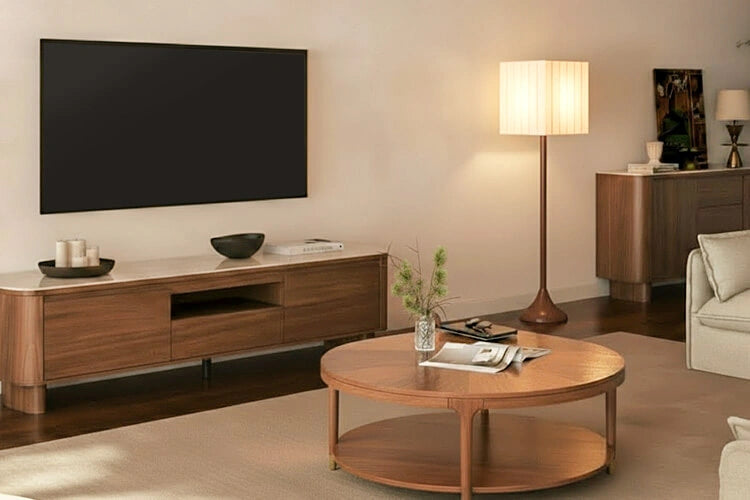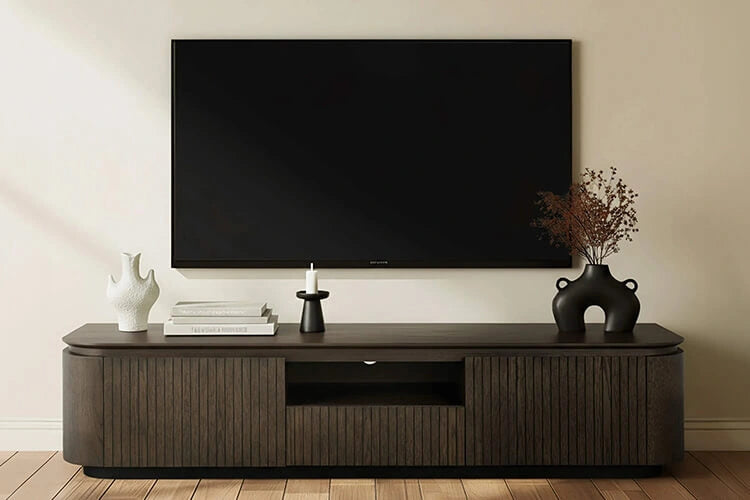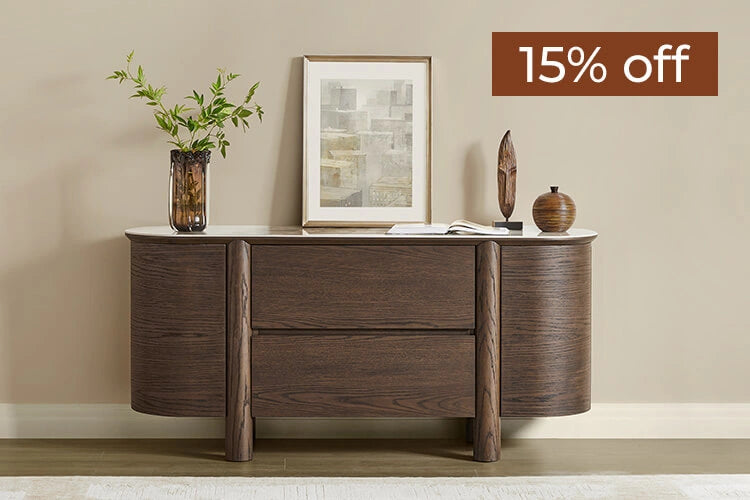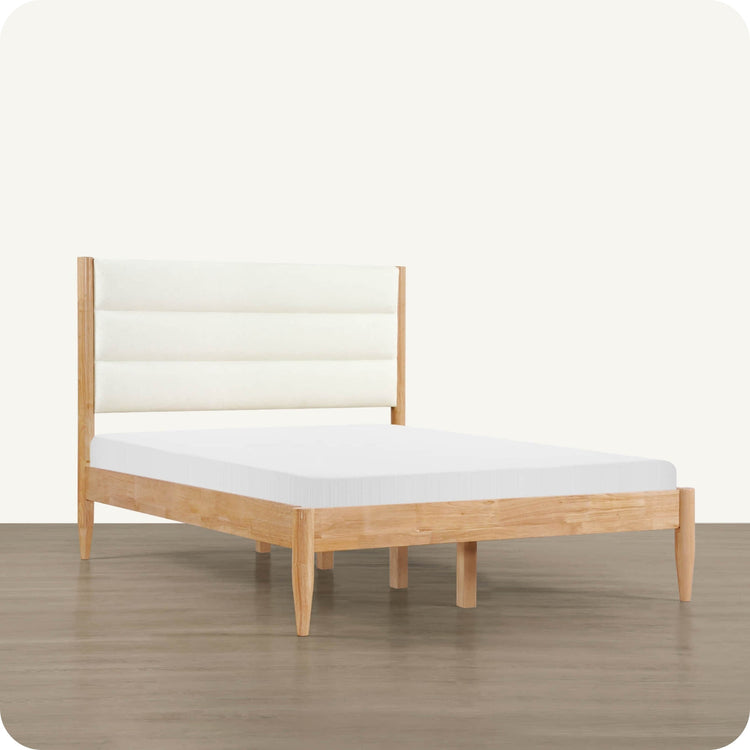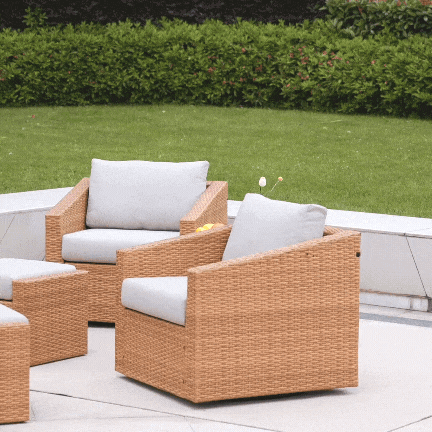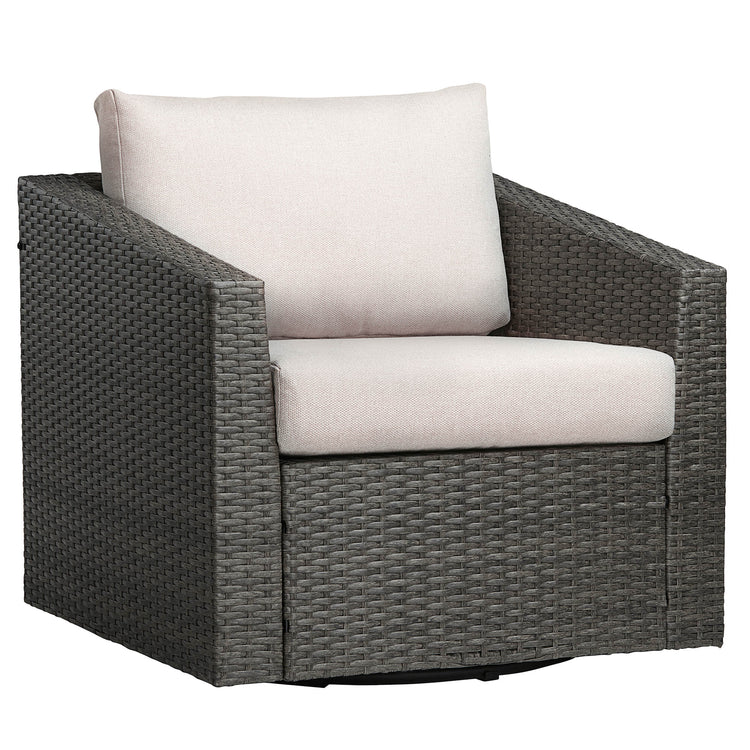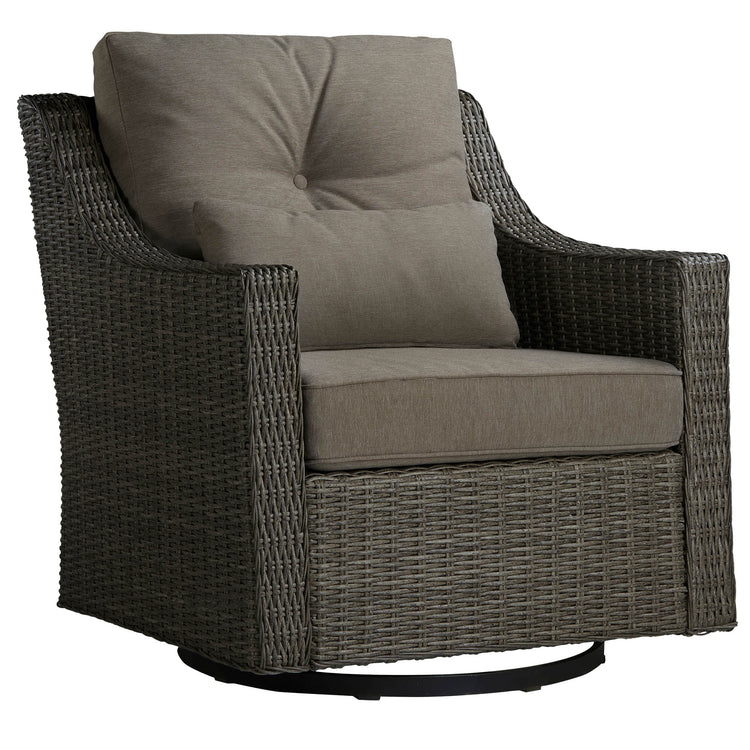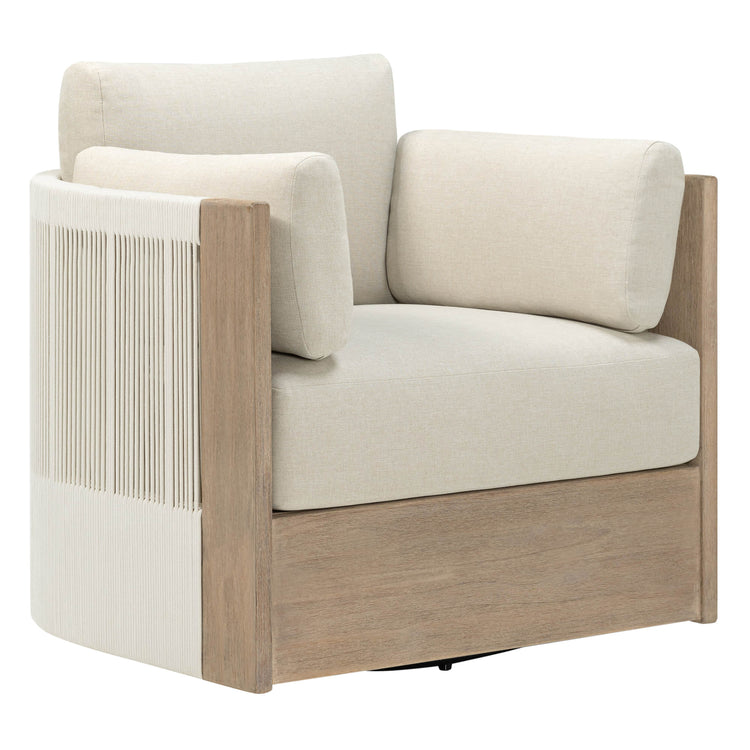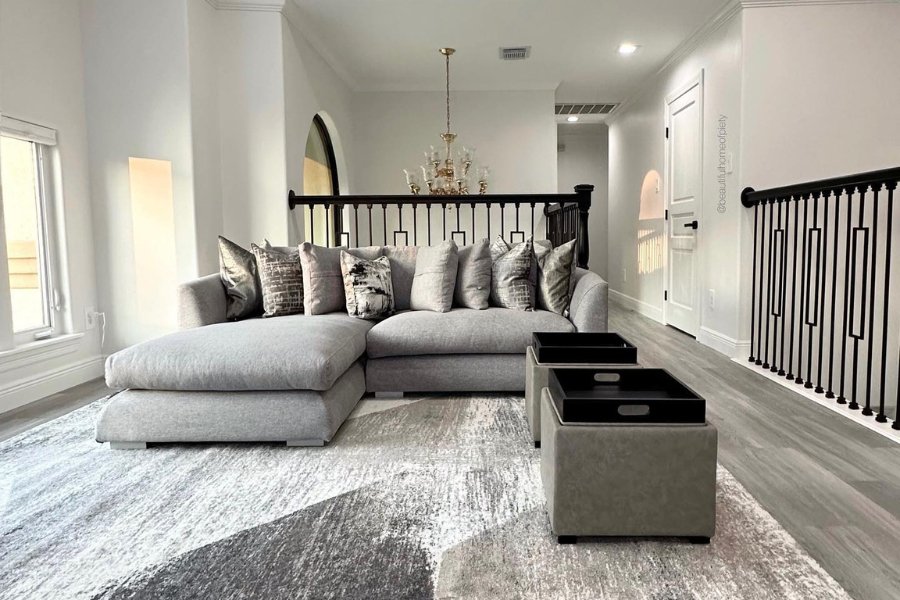Navigation
- Introduction
- How did ottomans get their names?
- When ottomans became popular?
- How have ottomans evolved?
- How do people use ottomans?
- Why ottomans are quirky?
- Conclusion
Introduction
The ottoman - that padded, upholstered footstool or cube that inhabits our living rooms - is a staple piece of furniture in many modern American homes. But where did these quirky, multifunctional seats come from originally? The story behind the origins and evolution of the ottoman reveals how political influences from centuries past can trickle down into the interior design trends we see today.

How did ottomans get their names?
The ottoman got its name from the Ottoman Empire, which controlled much of the Middle East, North Africa, and Europe from the early 1300s until 1922. The height of their power was in the 16th and 17th centuries when they expanded control across eastern Europe and centralized authority from the capital city of Constantinople (now Istanbul, Turkey).
As the Ottoman Empire grew more powerful and influential in European politics and trade, a fascination with Turkish culture took hold among the upper classes in Western Europe. By the 1800s, this enthusiasm for the exotic led Europeans to adopt elements of Turkish style - like smells of incense and coffee, relaxing pipes, ornate patterned rugs, pillow cushions on the floor, and padded stools called ottomans.
The original ottomans coming into Europe tended to be low wooden frames with leather, velvet, or tapestry stretched over them and used as casual seating in living quarters. The name was derived from the padded stools used in the imperial court of the ottoman rulers. As European craftsmen began replicating this eastern seating, it maintained the foreign-sounding name, even becoming known as Turkish chairs.
When ottomans became popular?
In the Victorian era, these exotic seats were seen as decadent and overly lavish, only suitable for aristocratic lounging. But as manufacturing advanced in scale in the early 20th century, ottomans became affordable for the booming middle classes.
By the mid-1900s, companies mass-produced ottomans and matched upholstered chair sets made with wooden frames, coil springs, and padding for comfort and support. These plush parlor seats graced households across America as families indulged in consumer culture.

Versatile Kenna Ottoman. @Linda Vater
The ottoman proved a versatile piece that could function as a footstool, extra seat, and coffee table. Its low, moveable shape allowed it to be conveniently tucked against chairs. And unlike stiff, wooden furniture, its deliciously cushioned form invited relaxation.
How have ottomans evolved?
Once a ubiquitous living room item, the basic ottoman has expanded into an array of shapes, sizes, and purposes:
- Large square ottomans can provide extra seating or serve as a casual coffee table. Some lift to reveal handy hidden storage inside.
- Small, round ottomans are used as movable footstools, fitting neatly next to recliners.
- Rectangular ottomans offer extra seating at the foot of beds.
- Tufted ottomans have deep buttoned upholstery, giving them a Chesterfield couch vibe.
- Poufs are a trendy floor pillow version of the ottoman, playing up its cushiony comfort.
- Garden stools shaped like tall drums can provide extra patio seating.
- Bench ottomans offer spacious, cozy seating at the foot of beds.
- Toy ottomans sized for kids provide a fun, portable seat.
The materials and patterns covering ottomans have likewise expanded far beyond old-fashioned carpets and embroidered velvets. Now, these footstools sport stylish leather, rich brocades, or modern graphic prints. The muted earth tones of yesterday have been replaced with bold, saturated colors and playful motifs.
How do people use ottomans?
Thanks to their versatile design and compact shape, ottomans are the ultimate multitasking furniture piece. The most common way people use them is as a footrest or extra seat in the living room or bedroom. Just tuck one next to your favorite chair or couch to prop your feet up in cushioned comfort.
Ottomans also moonlight as impromptu coffee or side tables, perfect for holding snacks, drinks, books, and remote controls. Their flat, sturdy surface makes them an ideal spot to set accessories or even use as makeshift workstations. Some people use cube-shaped ottomans as informal benches in front of vanities, which are great for sitting while putting on makeup.

Cube ottoman can also be turned into a convenient coffee table. @Recent customer
And ottomans can provide a fun, portable seat for kids that keeps them engaged. Storage ottomans contain hidden compartments perfect for tucking away blankets, board games, toys, or media accessories for extra functionality. With an ottoman, you get furniture and storage in one space-saving, multifunctional package.
Why ottomans are quirky?
Ottomans' playful, pillow-shaped design exudes a casual, laidback vibe perfect for modern interiors. Unlike stiff, immobile furniture, ottomans invite fun with soft, cozy cushioning and lightweight, moveable shapes. Their compact size and portability allow you to conveniently tuck them anywhere in a room to serve different needs. Feel free to move your ottoman from the living room footrest to the improvised coffee table to the bedroom bench throughout the day.
Another quirky, fun element is that ottomans come in bold prints, patterns, and vibrant colors suitable for every personality and design aesthetic. You can choose from modern graphic prints, floral patterns, animal shapes, rich velvets, or inventive textures. The availability of ottomans in daring, non-neutral hues makes them a great accent piece to brighten up any room with an infusion of lively, fearless color. You indulge in casual, creative, and comfortable living with an ottoman.

Delaney functional storage ottoman
Conclusion
The ottoman has come a long way from its origins as an exotic Turkish luxury for European aristocrats. Mass production and the mid-century furniture boom made these cushy seats affordable accent pieces for typical American homes. The versatile ottoman provides customizable comfort with its pillowy form and casual vibe. Its compact shape and portability let us move it anywhere we need an extra seat, footrest, or table. Owners can express personal style through a wide range of colors, fabrics, and patterns. Ottomans have transformed from a rigid wooden curiosity to a beloved multifunctional furniture piece reflecting laidback modern living. This quirky seat's journey reveals how overseas cultural influences can transform into enduring interior design.
Read More
- 5 Insider Tips to Elevate Your Living Room Décor – CHITA LIVING
- Finding the Perfect Height: What is the Best Stool Height for Your Kit – CHITA LIVING
- Accent Chairs: Welcoming Personality And Purpose Into Any Space – CHITA LIVING
- Fall Decor Lookbook: Stylish Trends You'll Love in 2023 – CHITA LIVING
- Modern Meets Classic: Why Tufted Dining Chairs Work in Every Style – CHITA LIVING
